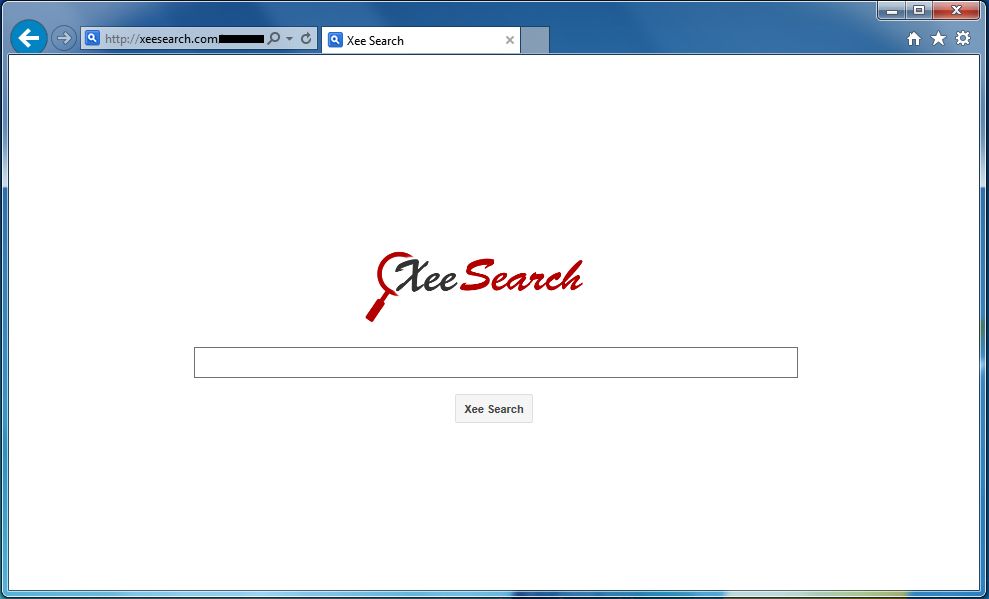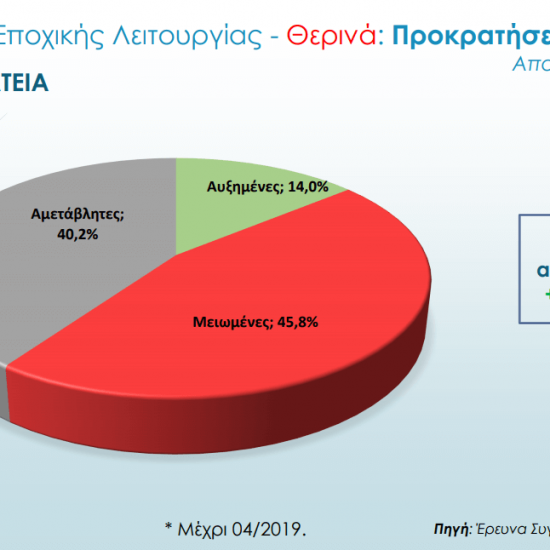

XXEs can be abused by malicious hackers to access local files, URLs on a local network, and more. Such inclusions are called external XML entities (XXE). One use for XML entities in DTDs is to incorporate external content or references into the DTD itself, or into documents that use the DTD. You may be familiar with entities in HTML, for example, & and. To refer to a defined entity, you use its name preceded by an ampersand ( &) and followed by a semicolon ( ). Entities are defined in a DTD using the element.

XML entities are placeholder parameters representing characters that are not easily typed or have special meaning. DTDs are sometimes considered outdated (they are derived from SGML, the ancestor of XML), but are still used very often. There are two formats for defining the document type: the more powerful and complex XML schema definitions (XSD) and the simpler, older document type definitions (DTD). Knowing this, the parser can determine whether the input data is a valid XML document of an expected type and then process its content. What are DTDs and XML entities?īefore an XML parser can process XML input, you need to declare the structure of valid input documents. Examples include SimpleXML for PHP, DocumentBuilder for Java, ElementTree for Python, XmlReader for. To provide such functionality, the web application or API uses a back-end XML parser – usually an imported library written in the same language as the application. For example, they may use XML documents to communicate with inventory management systems or payment gateways.

It must accept XML input from the user and parse it using a back-end XML parser.How do XML external entity attacks work?įor XXE attacks to be possible, a web application or API needs to meet several specific requirements: In the OWASP Top, they are grouped with security misconfigurations under A5. Note that XXE vulnerabilities were first featured in the OWASP Top 10 list in 2017 and immediately made it to the A4 spot. May appear in web apps and APIs that accept XML inputĬonfigure the XML parser to disallow XML external entities
Xee definition code#
XXE vulnerabilities can let malicious hackers perform attacks such as server-side request forgery (SSRF), local file inclusion (LFI), directory traversal, remote code execution (RCE), network port scanning, and denial of service (DoS). XML external entity (XXE) vulnerabilities (also called XML external entity injections or XXE injections) happen if a web application or API accepts unsanitized XML data and its back-end XML parser is configured to allow external XML entity parsing. XML external entity (XXE) What are XXE vulnerabilities?


 0 kommentar(er)
0 kommentar(er)
